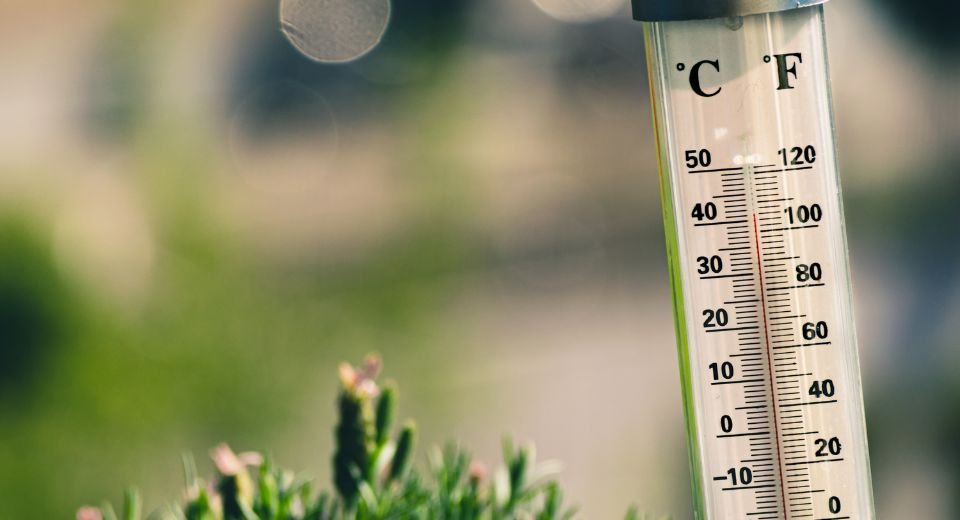HQ Team
June 22, 2023: Researchers at the University of Washington have created an app, FeverPhone, that transforms smartphones into thermometers without adding new hardware.
It uses the phone’s touchscreen and repurposes the existing battery temperature sensors to gather data that a machine learning model uses to estimate people’s core body temperatures.
The screen of the smartphone is held to a patient’s forehead for 90 seconds to measure temperature. The app is the first to use existing phone sensors to estimate whether people have fevers.
Clinical-grade thermometers use tiny sensors known as thermistors to estimate body temperature. Off-the-shelf smartphones also contain thermistors. They’re mostly used to monitor the temperature of the battery.
Researchers used these sensors to track heat transfer between a person and a phone. The phone’s touchscreen could sense skin-to-phone contact, and the thermistors could gauge the air temperature and the rise in heat when the phone touched a body.
Thermometer availability
“The primary concern with temperature isn’t that it’s a difficult signal to measure; it’s just that people don’t have thermometers,” said lead author Joseph Breda.
The thermometers can cost from $15 to $300, and many people need them only a few times a year.
In times of sudden demand — such as in the early days of the COVID-19 pandemic — thermometers can sell out. Many people, particularly those in under-resourced areas, can end up without a vital medical device when they need it most.
A fever is the most commonly cited symptom of COVID-19 and an early sign of many other viral infections.
For quick diagnoses and to prevent viral spread, a temperature check can be crucial. Yet accurate at-home thermometers aren’t commonplace, despite the rise of telehealth consultations.
Three phone models
The researchers heated a plastic bag of water with a sous-vide machine and pressed phone screens against the bag.
To account for variations in circumstances, such as different people using different phones, the researchers tested three phone models. They also added accessories such as a screen protector and a case and changed the pressure on the phone.
The data were used for different test cases to train a machine-learning model that used complex interactions to estimate body temperature.
Since the sensors are supposed to gauge the phone’s battery heat, the app tracks how quickly the phone heats up and then uses the touchscreen data to account for how much of that comes from a person touching it.
As they added more test cases, the researchers were able to calibrate the model to account for the variations in things such as phone accessories.
Clinically acceptable range
Overall, FeverPhone estimated patient core body temperatures with an average error of about 0.41 degrees Fahrenheit (0.23 degrees Celsius), which is in the clinically acceptable range of 0.5 C.
The app needs more training data to be widely used, according to the researchers.
“People come to the ER all the time saying, ‘I think I was running a fever.’ And that’s very different than saying ‘I was running a fever,’” said Dr. Mastafa Springston, a co-author on the study.
Smartwatches
“In a wave of influenza, for instance, people running to the ER can take five days, or even a week sometimes. So if people were to share fever results with public health agencies through the app, similar to how we signed up for COVID exposure warnings, this earlier sign could help us intervene much sooner.”
Training the app to run on other smartphones, as well as devices such as smartwatches, would increase its potential for public health applications, the researchers said.
“We started with smartphones since they’re ubiquitous and easy to get data from,” Breda said. “I am already working on seeing if we can get a similar signal with a smartwatch.
“So you could imagine having a user put a Fitbit to their forehead and measure in 10 seconds whether they have a fever or not.”




